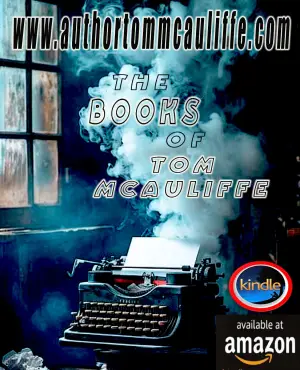Exploring the Depths of Humanity in Tim Weed’s The Afterlife Project
As a book blogger, I often find myself drawn to stories that not only entertain but also provoke thought. Tim Weed’s The Afterlife Project caught my attention with its bold premise of a future where humanity teeters on the edge of extinction. In a world devastated by hyper-pandemics and ecological collapse, what does it mean to be human? This question compelled me to dive into Weed’s richly imagined narrative, and what an enthralling journey it was!
The novel intricately weaves together two timelines: one set in 2068, where a minuscule fraction of humanity still holds the key to reproduction, and the other a staggering ten millennia into the future. At the heart of the first timeline lies the crew of a failed interstellar colonization project, spearheaded by the brilliant quantum physicist Natalie Quist and microbiologist Nick Hindman. Their quest for fertile women plays out amidst a society grappling with chaos, and the love story that blossoms is both tender and tragic. The second timeline showcases Nick’s harrowing survival in a post-apocalyptic world, steeped in loneliness yet rich with vivid, sensory detail.
One of the greatest strengths of Weed’s writing is its cinematic quality. I felt as if I were not merely reading but experiencing an immersive landscape; Nick’s emergence from a Time Dilation Sphere into a lush, unpredictable post-collapse Earth transported me to a vibrant jungle. Moments like these showcase Weed’s ability to craft unforgettable imagery—like the aftermath of Hurricane Helene in Asheville, which resonated deeply with me as a familiar place turned into chaos.
However, it wasn’t just the world-building that captivated me; the characters are wonderfully multifaceted. I winced in empathy at Nick’s misadventures and self-inflicted hardships. His, at times, clumsy navigation through the perils of survival brought to mind the bittersweet humor woven throughout the narrative. Lines like "the only human male we encountered post-collapse who’s still capable of producing viable sperm" had me chuckling amidst the dark undertones.
Yet, amidst Weed’s lyrical prose—so mesmerizing that I found myself pausing just to appreciate the craftsmanship—there lies an unsettling exploration of human nature. With the collapse of civilization, ethical lines blur, raising poignant questions about morality: How far will one go to preserve the species? The unsettling tactics employed by the Centauri Project are a stark reminder of how panic can disrupt ethics.
The book didn’t just entertain me; it evoked a sense of urgency. It’s a cautionary tale about our current trajectory—one that reminds us of the beauty in our world and implores us to cherish and protect it. One particularly resonant quote encapsulates this sentiment: “So why not take solace in the truth that the planet is still a beautiful place?” In a time riddled with challenges, Weed evokes a glimmer of hope, leaving us pondering our responsibility to future generations.
The Afterlife Project is not just for science fiction enthusiasts; it will resonate with anyone who enjoys rich storytelling interwoven with philosophical musings. It sparked a reflection on the interconnectedness of humanity, nature, and ethics—a beautiful yet terrifying tapestry. As I closed the book, I felt enriched, pondering what it means to live responsibly in an imperfect world. Whether you’re a fan of dystopian tales or simply seeking a story that challenges the status quo, Tim Weed’s novel promises to both captivate and educate. Happy reading!
Discover more about The Afterlife Project on GoodReads >>






